Difference between CPAP and BIPAP
When trying to explain the difference between CPAP and BIPAP, doubts usually arise.
Until you have an appointment with the health professional who studies and treats cases of sleep apnea, talking about CPAP and BIPAP, their characteristics and benefits causes confusion to the point of not being able to clarify exactly what and what they are.
And thanks to understand perfectly what advantages they offer by comparing them will help us to find the best solution to the problem of sleep apneas that we are so concerned about.
To begin to clear up uncertainties, it should be kept in mind that CPAP and BIPAP have in common that they use continuous positive air pressure to treat obstructive sleep apnea and help breathing during sleep. And they should be used at night while the patient sleeps.
What is CPAP?
CPAP (Continuous Positive Air Pressure) stands for Continuous Positive Air Pressure. It is performed by a CPAP machine providing continuous air pressure to help keep the airways from closing, causing snoring in a high number of cases and sleep apneas which are associated with the onset of potential health problems.
What is BIPAP?
Defining BIPAP will help to fully understand its function. BIPAP is Bi-level Positive Air Pressure. These two-level devices are useful for people who are unable to adhere to CPAP therapy due to discomfort or other factors.
BIPAP devices have three configurable parameters:
- The peak inspiratory pressure or IPAP.
- The minimum expiratory pressure, or EPAP
- A fixed pressure support, which ensures maximum patient comfort.
Obstructive respiratory events are eliminated while maintaining a lower expiratory pressure and lower average pressure; translating into less respiratory effort for the user, greater comfort and adherence to treatment.
Positive aspects of CPAP and BIPAP
CPAP therapy is the most widely used therapy at present, as it is of great help to avoid sleep apnea and its possible harmful effects on health.
BIPAP therapy is used in cases where patients are unable to adhere to CPAP treatment, either because of discomfort or because of other types of disorders they may suffer from. As an example, among some of them: COPD ( Chronic Obstructive Pulmonary Disease) or OHS ( Hypoventilation Syndrome due to Obesity).
| CPAP Advantage | IPAP Advantage |
| Continuous fixed pressure or automatic variable pressure | Two pressure levels |
| Easy adherence for most cases | Better adherence for high pressure misfit cases |
| Treatment of choice in most cases for patients with obstructive sleep apnea, not complex. | Useful when higher pressures are needed. |
What does continuous positive airway pressure treatment consist of?
The treatment consists of insufflating air at continuous positive pressure into the airway to keep it open while the apnea events occur. This avoids the collapse of the throat muscles and base of the tongue that prevent the passage of air normally when an apnea occurs.
There are patients who need higher pressures to unblock the passage of air or the average pressure they need to maintain airway patency is high. Although the equipment automatically adjusts to the patient’s needs and does not provide excess pressure, it may not be comfortable for the user.
For this there is an alternative that allows eliminating obstructive events with lower average pressures that translate into more comfort for the patient and less side effects.
It will always be the health professional who prescribes a treatment with a CPAP or BIPAP machine, oriented to give the correct solution to the problems of sleep apnea punctual that each patient.
Terapia CPAP Portugal
Latest posts by Terapia CPAP Portugal (see all)
- Sleep apnea with other illnesses - 21 de July de 2023
- What is an oxygen concentrator and what is it for? - 23 de June de 2023
- Sleep apnea machine - 5 de December de 2022
- Difference between CPAP and BIPAP - 22 de November de 2022
- Narval CC mandibular advancement for sleep apnea - 14 de November de 2022



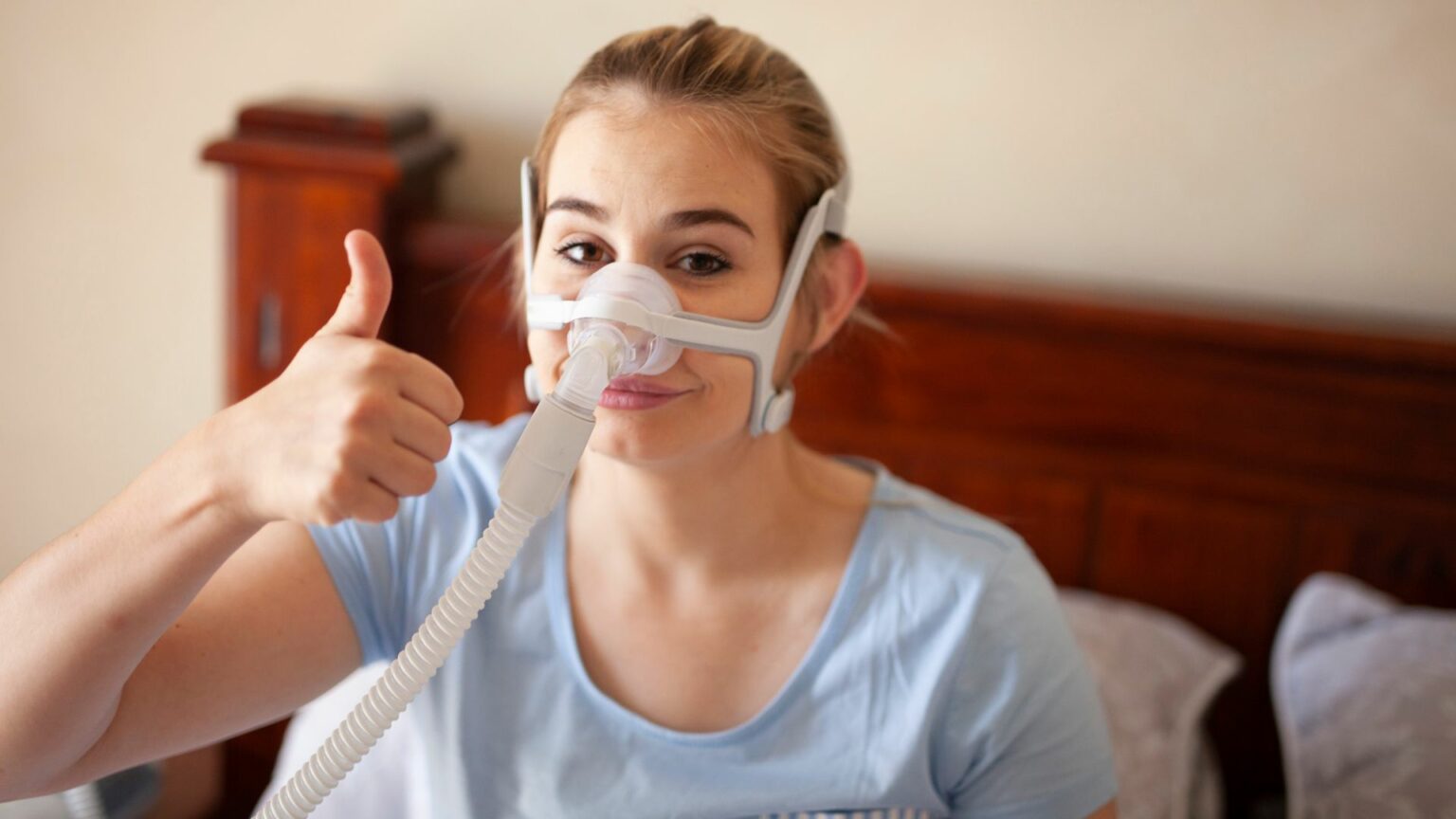
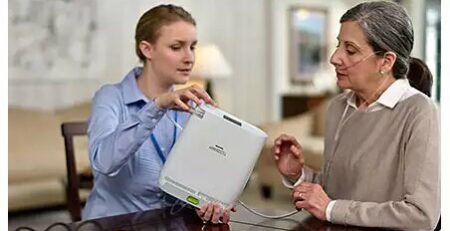
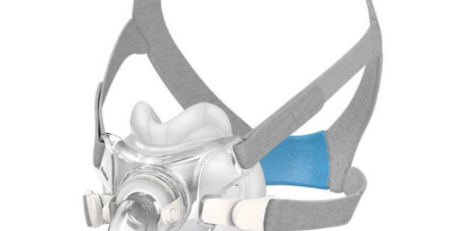
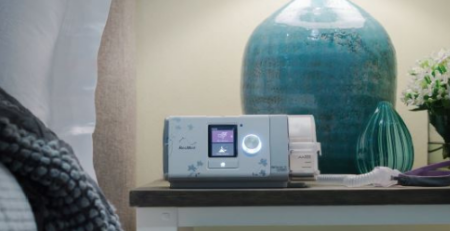



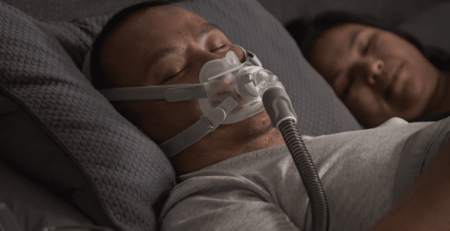
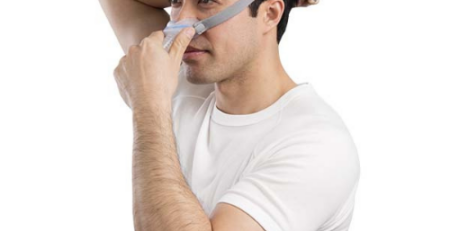

Leave a Reply